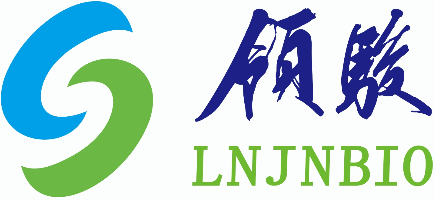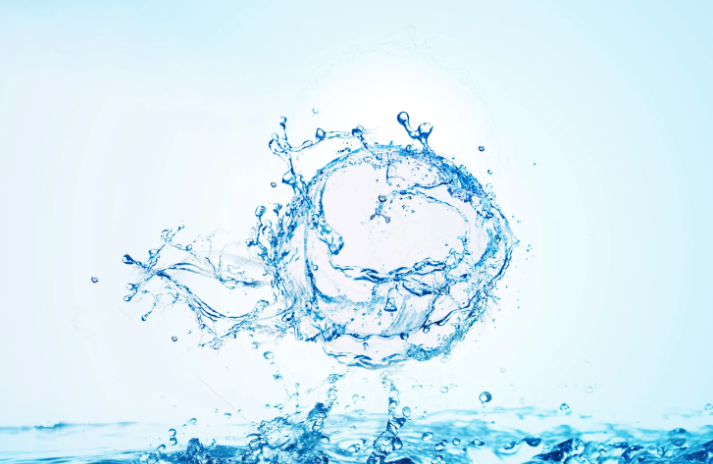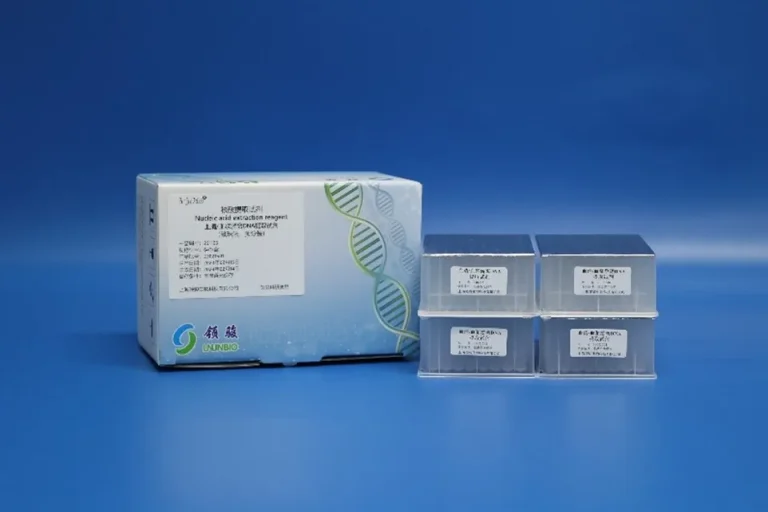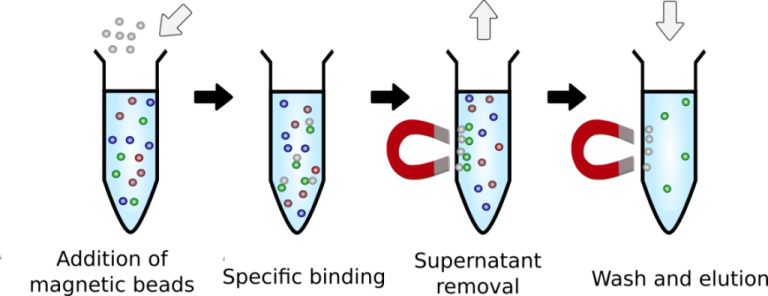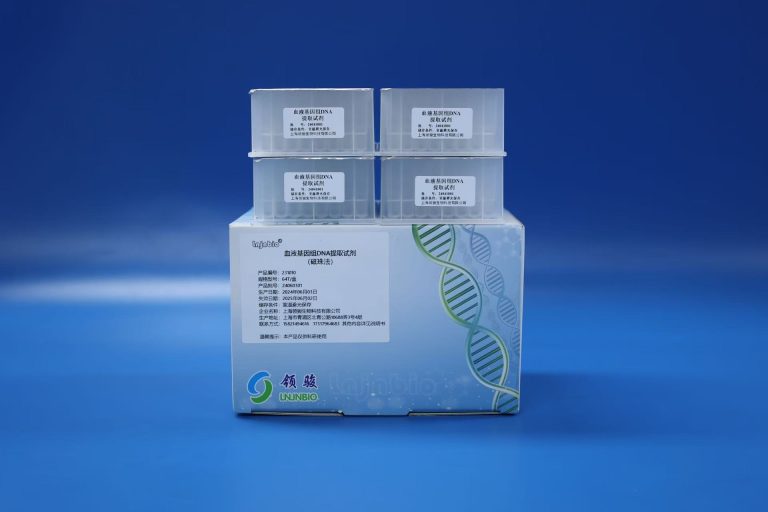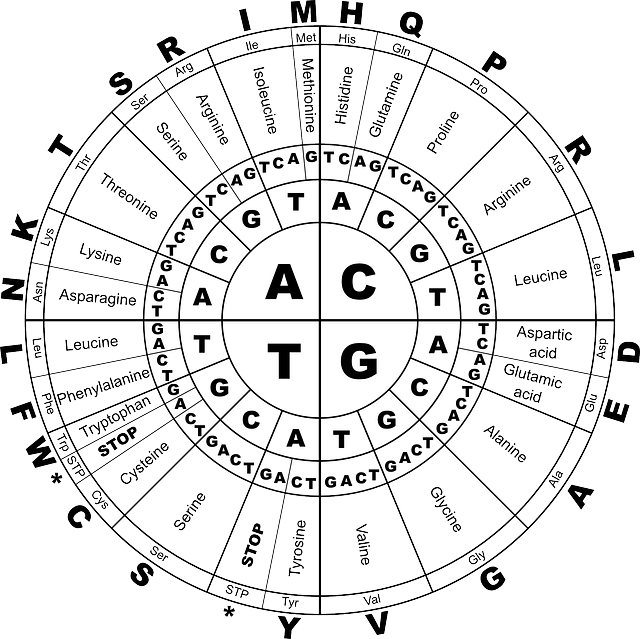Professional Manufacturer of Biomagnetic Beads
The development of magnetic microsphere technology has not only matured the manufacturing process of the microspheres themselves but also the technology of magnetic microspheres in the fields of luminescence, capture, or cell separation. The surface modification of magnetic microspheres, a crucial aspect of this technology, is currently being used for chemiluminescence with functional groups such as carboxyl, tosyl, and streptavidin. The particle size of these modified microspheres is mainly 300 nm/1μm/3μm, etc. It is important to note that the stability and biocompatibility of these magnetic microspheres are key factors in their successful application in the biomedical field.
Taking Fe3O4 nanoparticles as an example, pure Fe3O4 nanoparticles are easy to aggregate or precipitate, easily corroded by acids and alkalis, easily oxidized, and have poor stability. At the same time, the surface lacks effective functional groups and cannot undergo various chemical reactions. Therefore, functional modification must be carried out to improve its water dispersibility, stability, and biocompatibility and increase the reactive sites. The modified materials can be divided into two main categories: inorganic and organic compounds according to the different shell materials.
Inorganic modification of magnetic nanoparticle surface
There are many types of materials used for inorganic modification of Fe3O4 nanoparticle surface, including some metals (such as Au, Ag, etc.), metal oxides (such as CuO), and non-metals (such as carbon and silicon dioxide etc.). Silicon dioxide is the most common one among them. The Stöber method is generally used when silicon dioxide is used as a modification material. Tetraethyl orthosilicate (TEOS) is in situ hydrolyzed on the surface of nanoparticles to obtain a SiO2 shell with a certain thickness. The modified material Fe3O4@SiO2 has good water stability and biocompatibility and also has a certain acid and alkali resistance. Direct contact between pure Fe3O4 and fluorescent substances will quench the fluorescent substances. The SiO2 shell prevents the fluorescent substances from directly contacting Fe3O4, making the prepared magnetic fluorescent nanospheres possible for application. The thickness of the SiO2 shell obtained by the Stöber method can be controlled, mainly by changing the ratio of ammonia water and tetraethyl orthosilicate during the reaction process, and Fe3O4@SiO2 microspheres with different sizes can be obtained according to the actual application. The SiO2 shell makes the surface of the nanospheres contain a large amount of -OH, and the target functional groups can be combined with the surface of the microspheres through designed reactions and then applied in multiple fields.
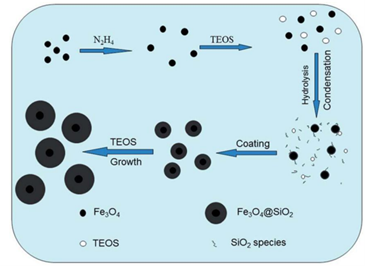
Organic modification of magnetic nanoparticle surface
Organic small molecules and polymer macromolecules are two major types of materials used for organic modification of Fe3O4 nanoparticle surface. Organic small molecules are mostly used in various types of silane coupling agents. The silane coupling agent first hydrolyzes -OH and reacts with -OH on the surface of the nanoparticles to undergo a dehydration condensation reaction and then binds to the particle surface. Silane coupling agents with different functional groups can be selected according to needs, such as release groups, antelope groups, amino groups, etc. There are many types of polymer macromolecules, which can be chitosan, polyethylene glycol, or other monomers polymerized polymers (such as polystyrene, polymethacrylic acid, etc.), among which the microspheres can be directly polymerized on the surface of Fe3O4 nanoparticles to make the microspheres have different functional groups, and natural organic polymers such as chitosan can also be used for modification to improve the water solubility and biocompatibility of the microspheres.
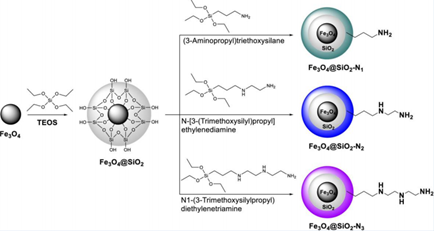
As one of the important raw materials in the field of IVD, many manufacturers of magnetic microspheres exist with uneven performance and price. It is also necessary to screen suitable microsphere products according to the conditions of the detection technology used. Although the domestic industry started late, relying on the existing in-depth research, we believe that the domestic magnetic microsphere industry will achieve greater development. With this growth, we anticipate the emergence of more and better import-substituting products, which will not only enhance the quality of our products but also contribute to the growth of the industry.
About us
Shanghai Lingjun Biotechnology Co., Ltd. was established in 2016 which is a professional manufacturer of biomagnetic materials and nucleic acid extraction reagents.
We have rich experience in nucleic acid extraction and purification, protein purification, cell separation, chemiluminescence and other technical fields.
Our products are widely used in many fields, such as medical testing, genetic testing, university research, genetic breeding, and so on. We not only provide products but also can undertake OEM, ODM, and other needs. If you have related needs, please feel free to contact us at sales01@lingjunbio.com.
